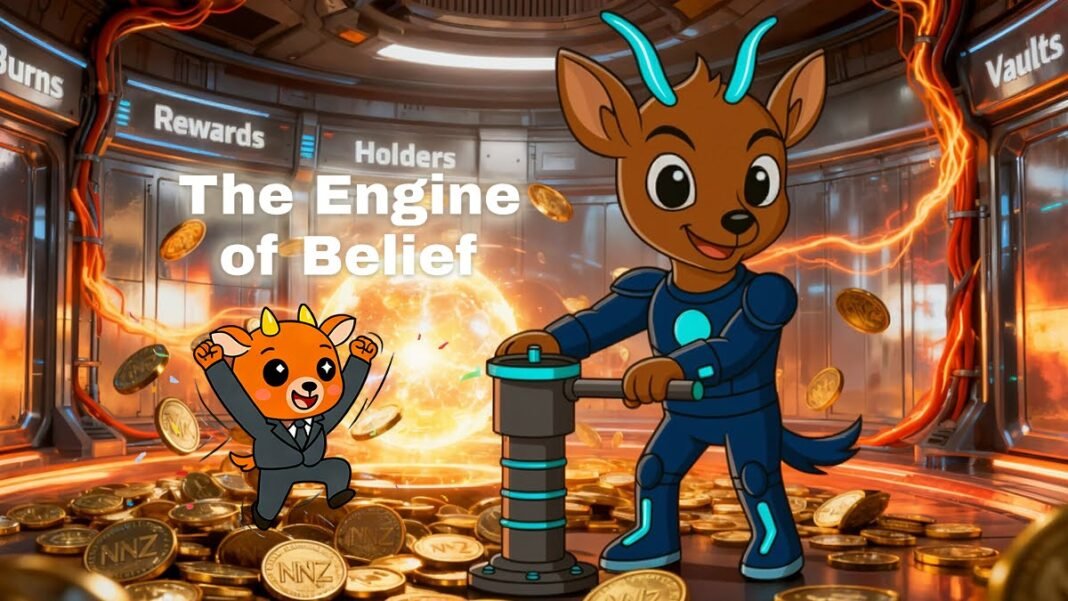Thopen’s Bold Bitcoin Bet: Mining Sunlight for Profit in Brazil
The Brazilian Energy Paradox: Abundance and Curtailment
Brazil’s renewable energy sector is booming. The rapid proliferation of solar and wind farms has led to an unprecedented surge in clean energy production. However, this growth has also exposed critical infrastructure bottlenecks. Limited transmission capacity and regional demand constraints have resulted in substantial energy surpluses, forcing producers to curtail output, effectively wasting valuable renewable resources. This curtailment isn’t just an operational inefficiency; it’s a direct hit to the bottom line for energy producers.
Gustavo Ribeiro, CEO of Thopen, recognises the urgent need for innovative solutions. Thopen is actively investigating the potential of Bitcoin mining and data centres located close to its energy generation facilities to convert wasted energy to capital. This strategy allows Thopen to absorb oversupply, promote local supply stability and make sure that renewable resources are used efficiently.
Thopen’s Strategy: Turning Problems into Profits
Thopen’s proposed venture isn’t just about capitalizing on excess energy; it’s about creating a symbiotic relationship between the renewable energy sector and the crypto mining industry. By channeling surplus electricity into Bitcoin mining, Thopen seeks to mitigate curtailment losses and unlock a reliable revenue stream. This approach offers a flexible and scalable solution to Brazil’s energy conundrum, one that could set a precedent for other nations grappling with similar challenges. The situation with Union Jack Oil in the UK, where they transform excess natural gas into energy to power Bitcoin mining activities, as well as AgriFORCE Growing Systems in Canada, who intend to use stranded gas to run mining rigs, is pretty comparable.
Analysts predict that integrating renewable energy with digital mining could offer a flexible, scalable solution for the nation’s energy sector. Thopen’s venture could position Brazil as the next country to merge clean energy with crypto mining on a large scale, showcasing an innovative way to monetise renewable resources.
Sustainability Meets Scalability
The implications of Thopen’s initiative extend far beyond mere profitability. By powering Bitcoin mining operations with surplus renewable energy, the company is actively reducing the carbon footprint associated with crypto mining, a sector often criticised for its high energy consumption. This not only enhances the environmental credentials of Bitcoin but also provides solar farms with a new and sustainable income source, transforming wasted electricity into a productive asset.
Grid Stability: A Key Benefit
One of the most compelling aspects of Thopen’s strategy lies in its potential to enhance grid stability. Bitcoin mining operations, with their flexible energy consumption profiles, can act as a buffer, absorbing surplus electricity when generation exceeds demand and scaling down during periods of low output to allow electricity to flow back to the grid. This dynamic adaptability makes Bitcoin mining an ideal complement to variable renewable energy sources such as solar and wind, helping ensure a more resilient and balanced energy grid.
Read Also: Mining Capital Soars Despite Gold’s Rise
Navigating the Road Ahead: Challenges and Opportunities in 2025
While the potential benefits of Thopen’s venture are undeniable, challenges remain. Brazil’s regulatory framework for cryptocurrency and energy integration is still evolving, requiring companies to navigate a complex landscape of evolving policies, infrastructure requirements, and the inherent volatility of the crypto market. For example, the debate surrounding Bitcoin ETFs continues to rage, impacting market sentiment and regulatory clarity.
The Evolving Regulatory Landscape
In 2025, regulatory oversight of crypto mining activities is becoming increasingly stringent globally, with governments seeking to balance innovation with consumer protection and environmental concerns. Thopen will need to work closely with regulators to ensure compliance and advocate for policies that support the sustainable integration of crypto mining and renewable energy.
Infrastructure and Scalability
Scaling up Bitcoin mining operations requires significant investment in infrastructure, including high-performance computing hardware, cooling systems, and reliable network connectivity. Thopen will need to secure strategic partnerships and navigate supply chain constraints to ensure the successful deployment and expansion of its mining facilities.
Market Volatility and Risk Management
The inherent volatility of the crypto market presents a significant risk to Bitcoin mining operations. Thopen will need to implement robust risk management strategies, including hedging and diversification, to mitigate the impact of price fluctuations on its profitability. Staying ahead of market trends and leveraging advanced trading algorithms will be crucial for optimising mining revenues.
The Future is Green: A Model for Sustainable Crypto Mining
Despite the inherent challenges, industry observers remain optimistic about Thopen’s prospects. Ribeiro’s vision aligns perfectly with Brazil’s broader commitment to renewable energy, promoting efficiency, innovation, and sustainable economic growth. If successful, Thopen’s approach could serve as a blueprint for other nations seeking to harness the power of renewable energy surpluses, creating a model that is both profitable and environmentally responsible.
As we move further into 2025, the convergence of renewable energy and crypto mining is poised to reshape the landscape of both sectors. Thopen’s bold initiative in Brazil is a testament to the transformative potential of this synergy, offering a glimpse into a future where digital assets are mined sustainably, powering a greener and more resilient global economy.






